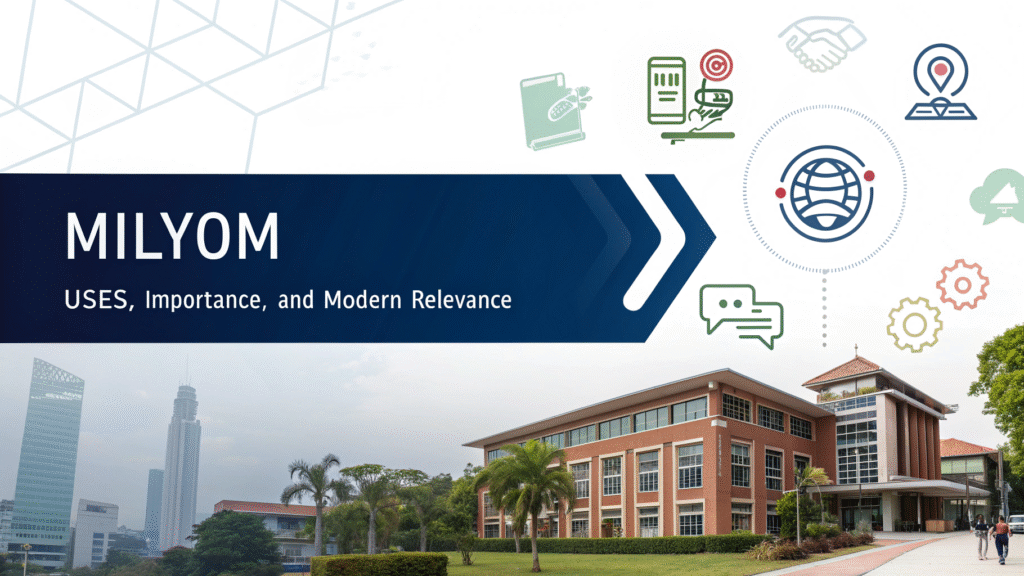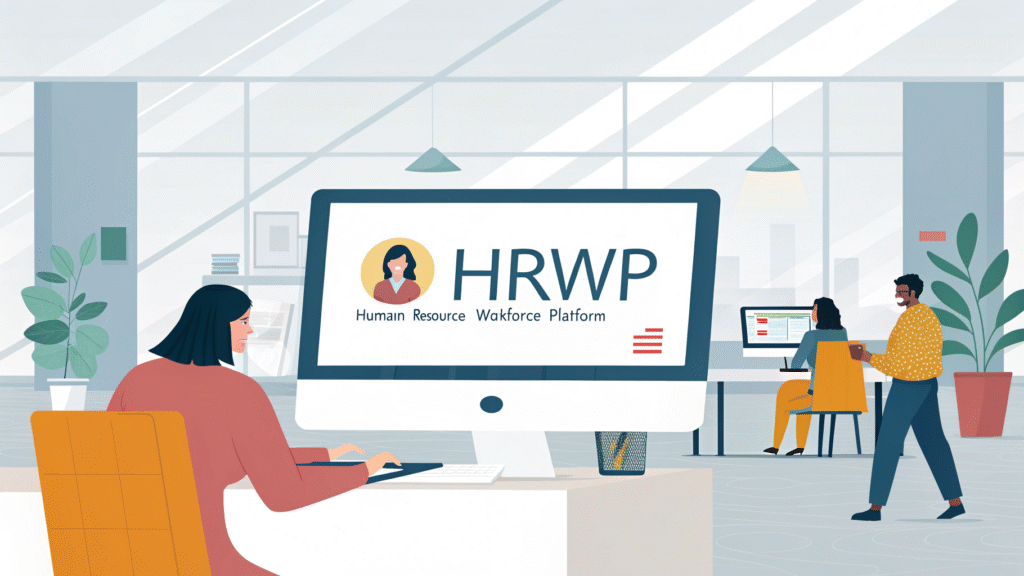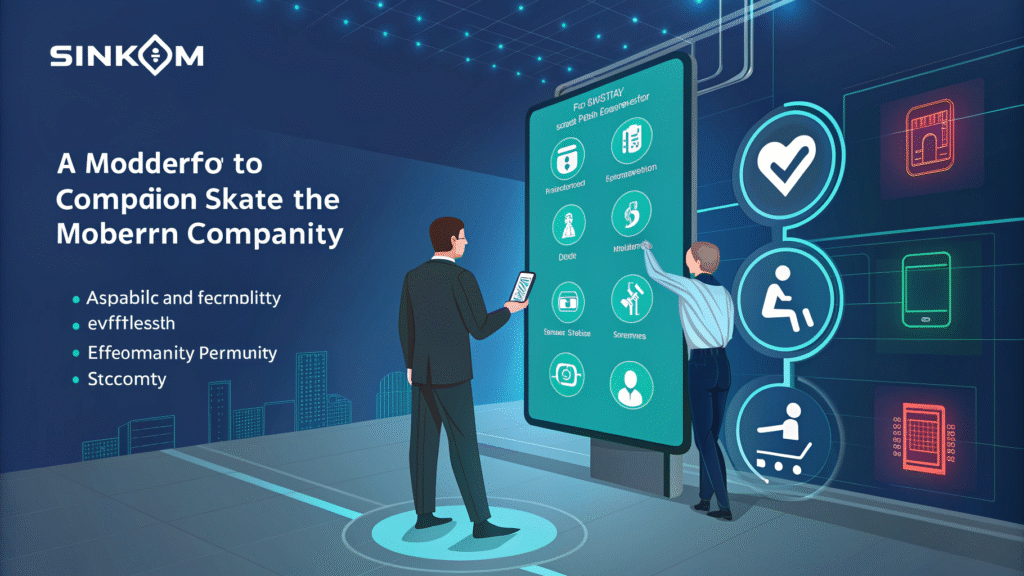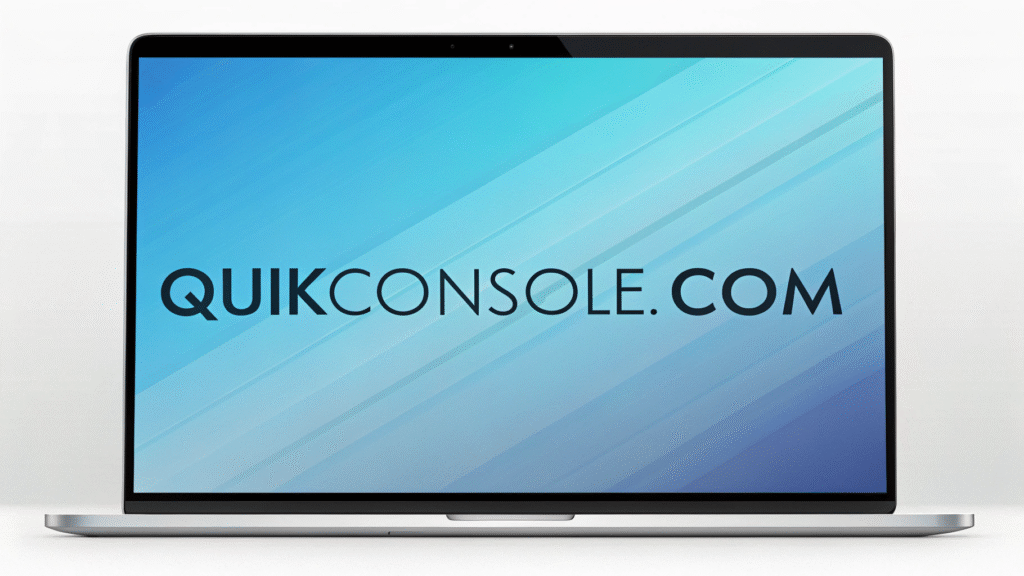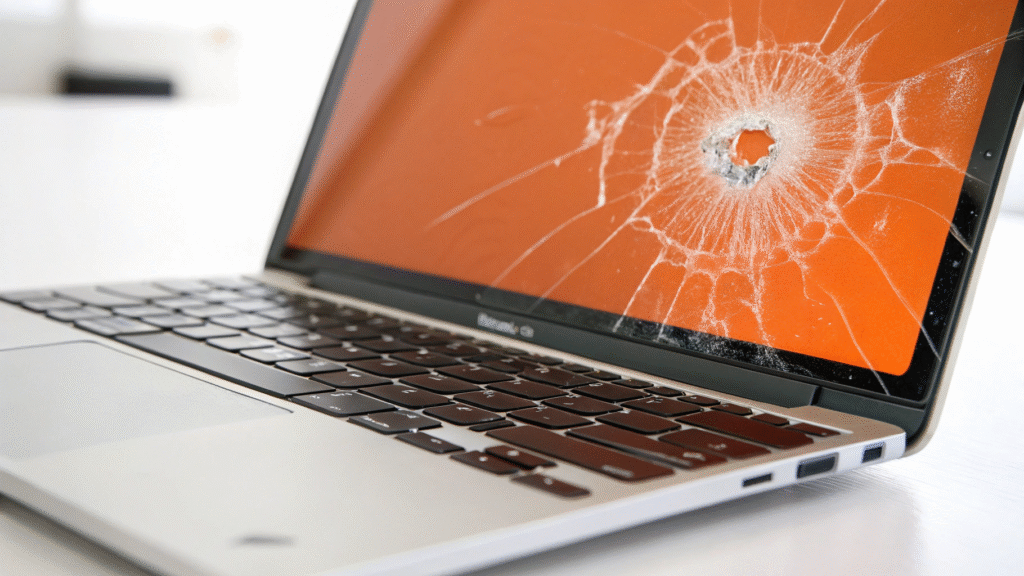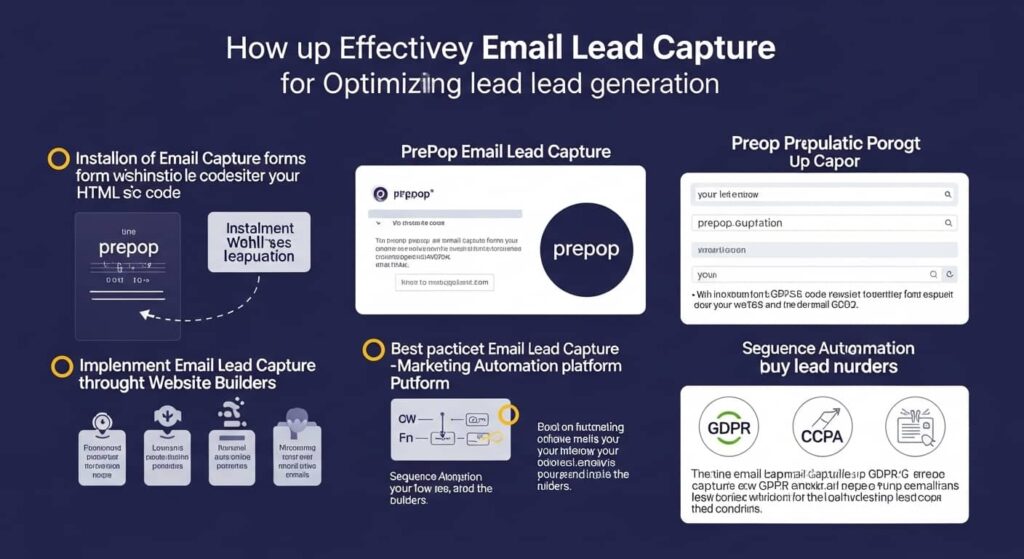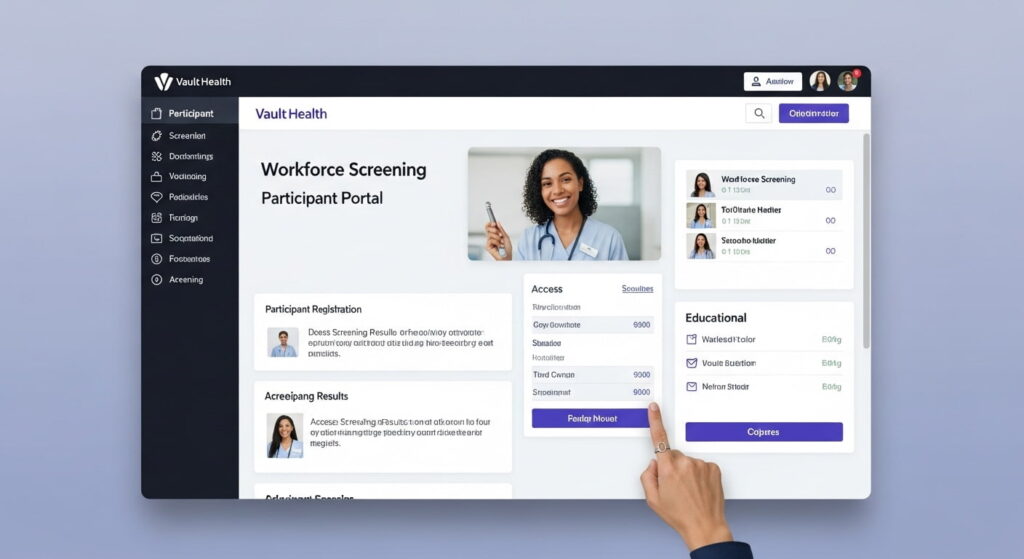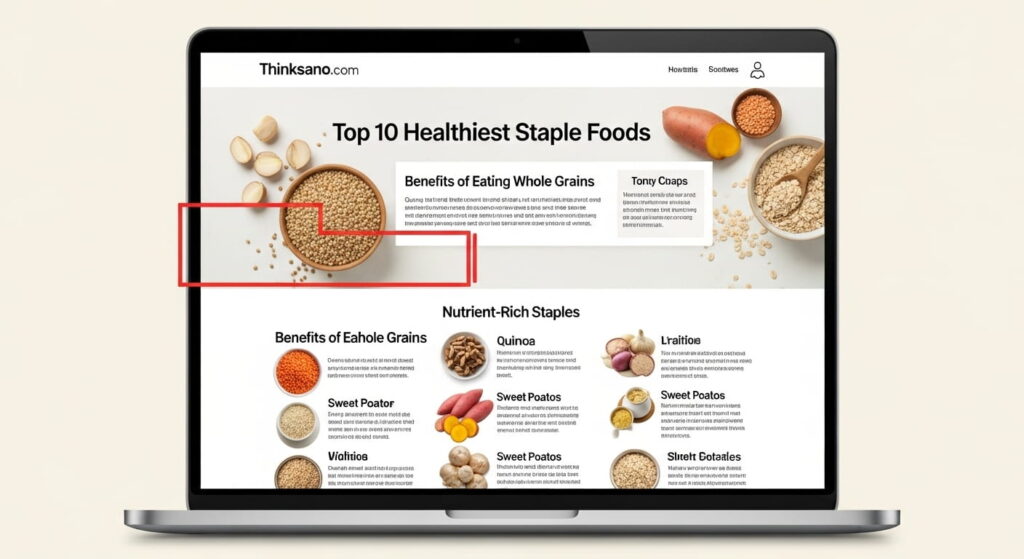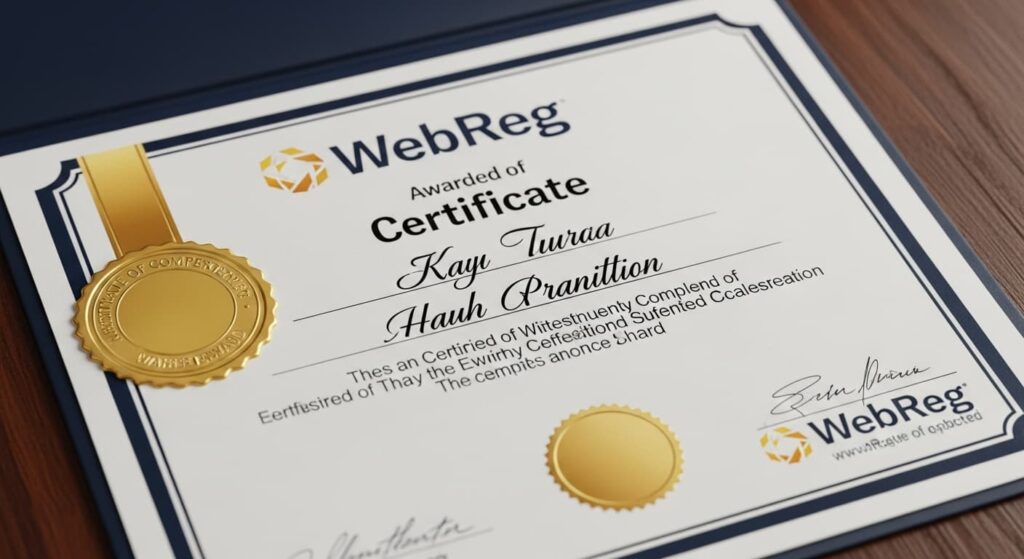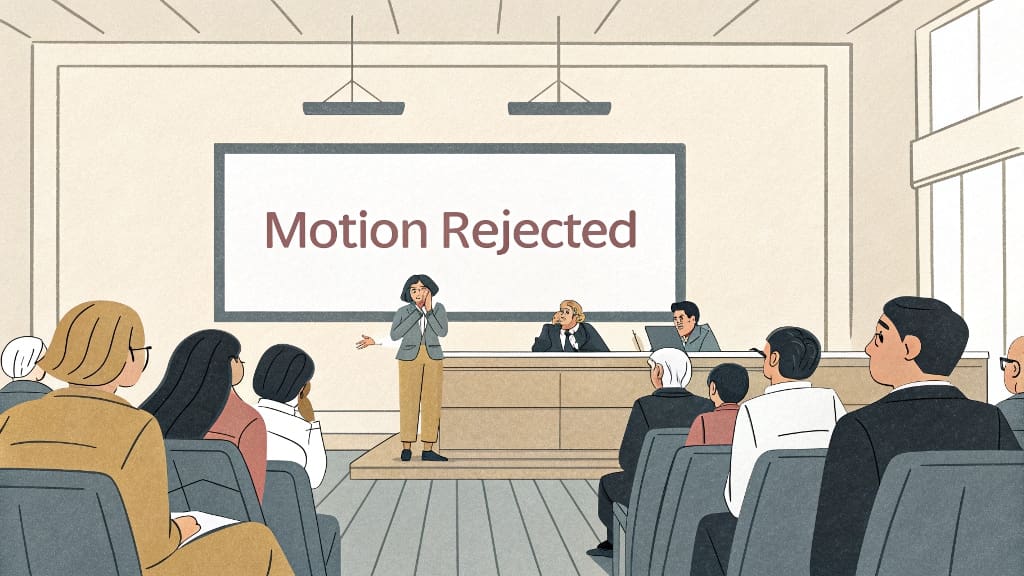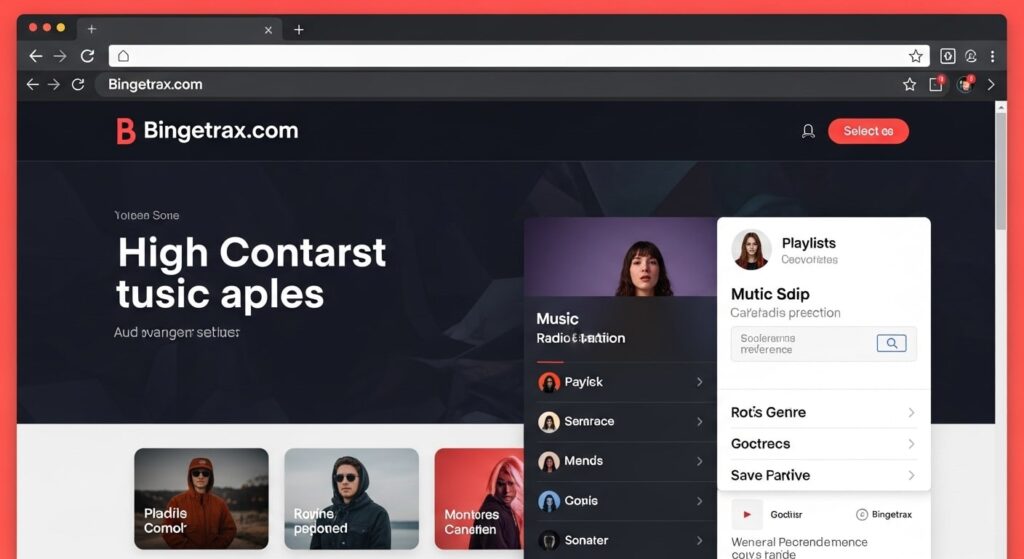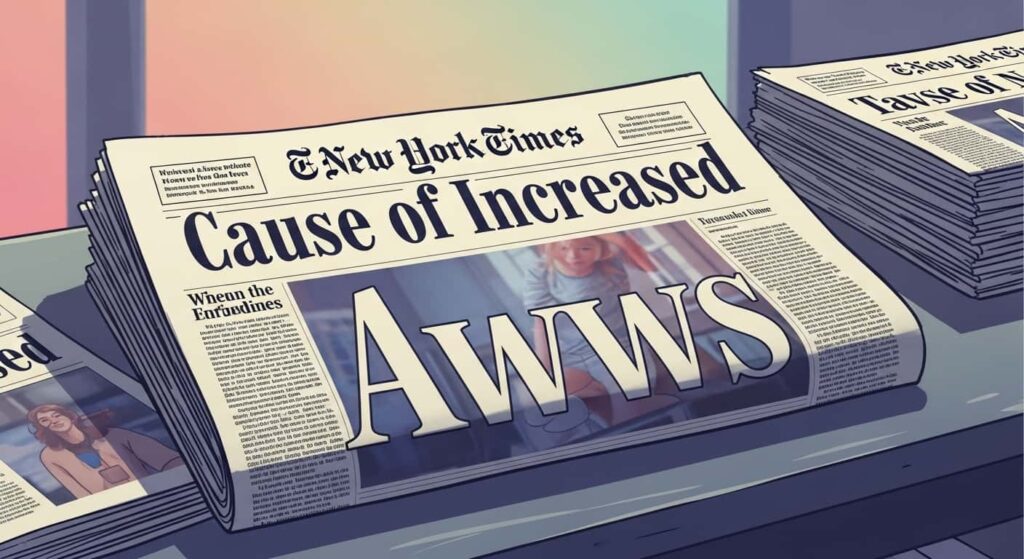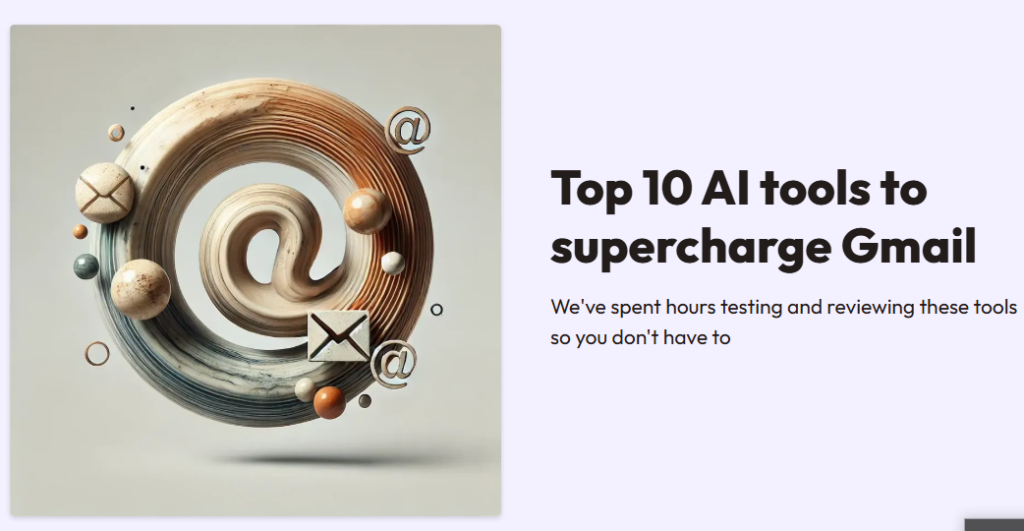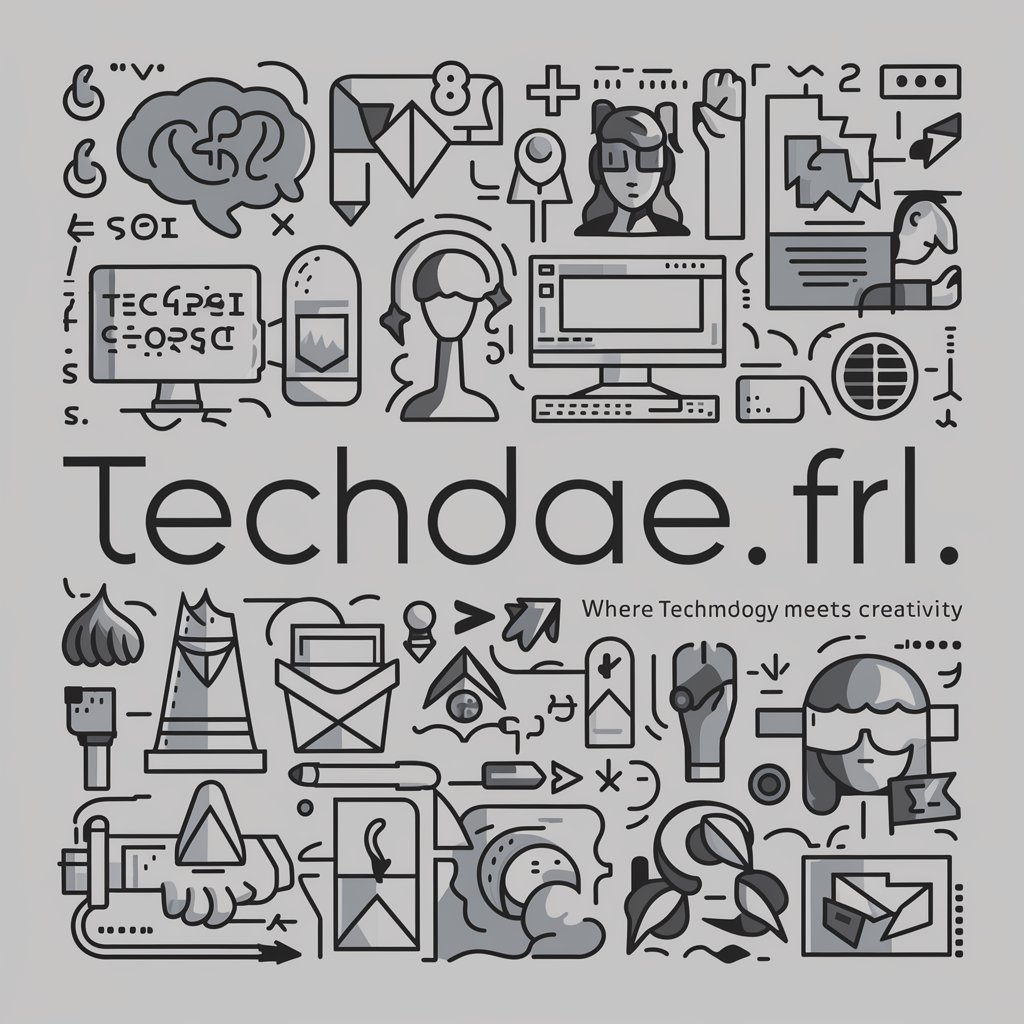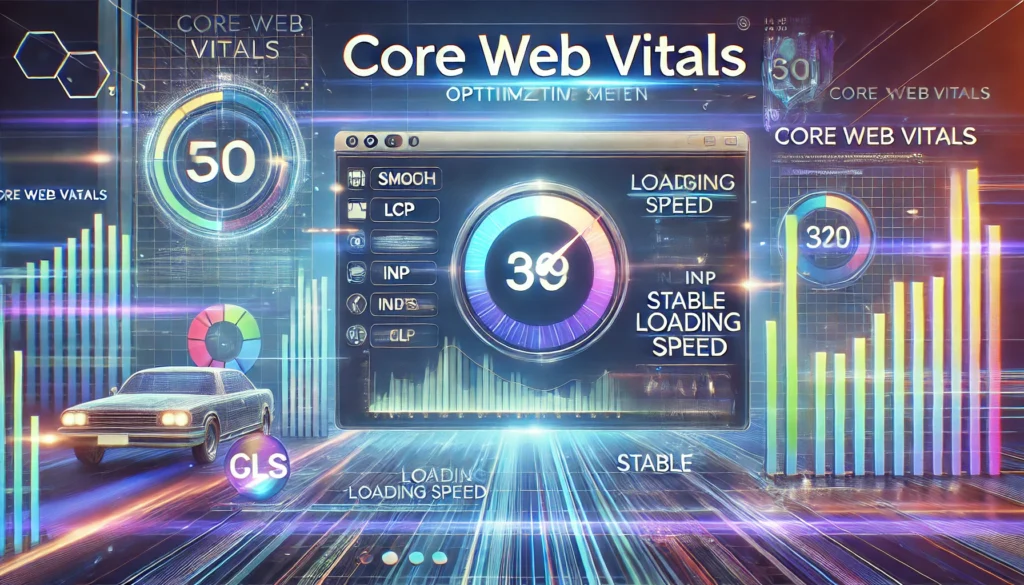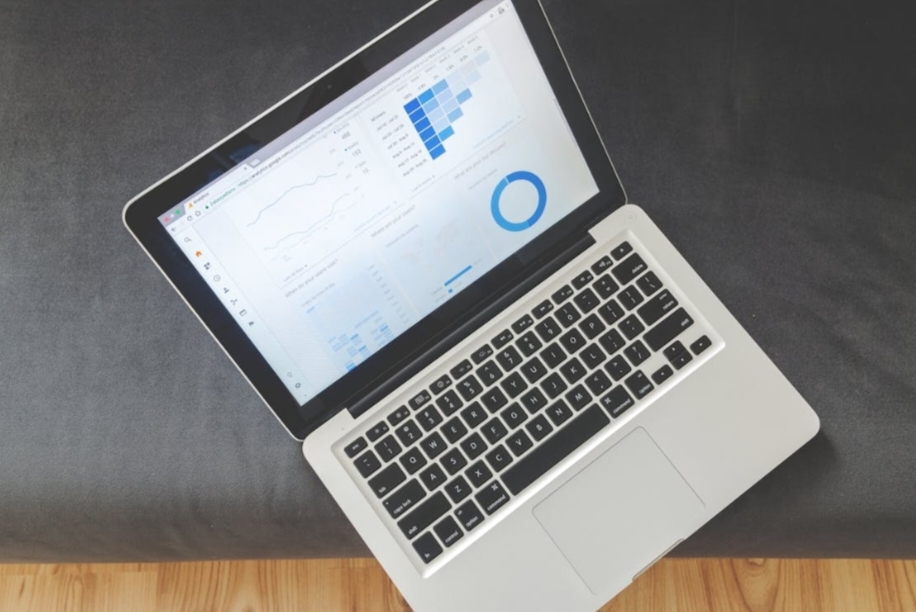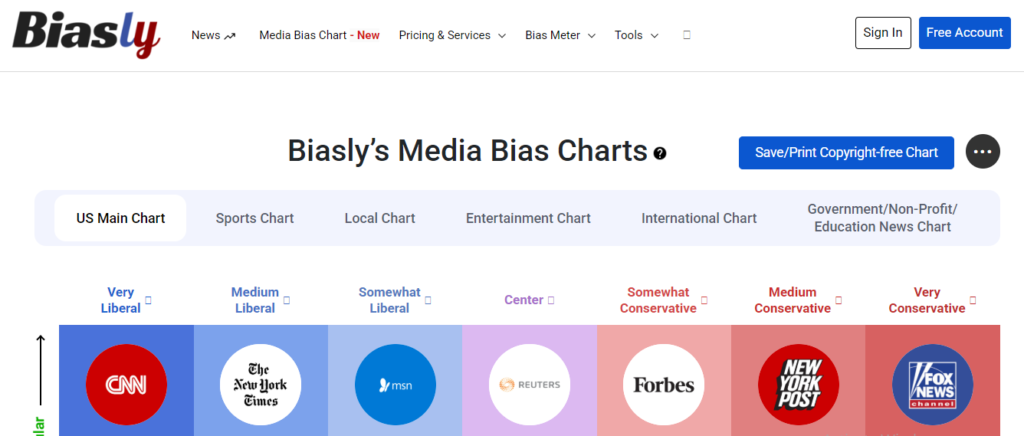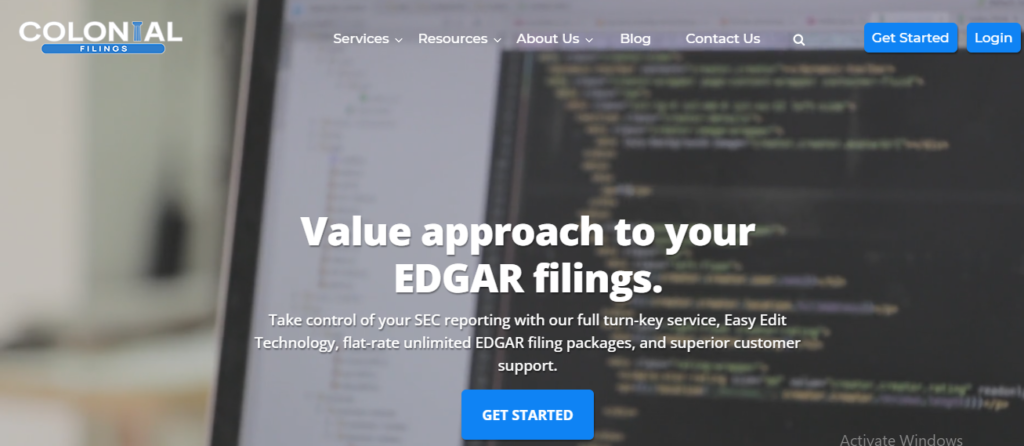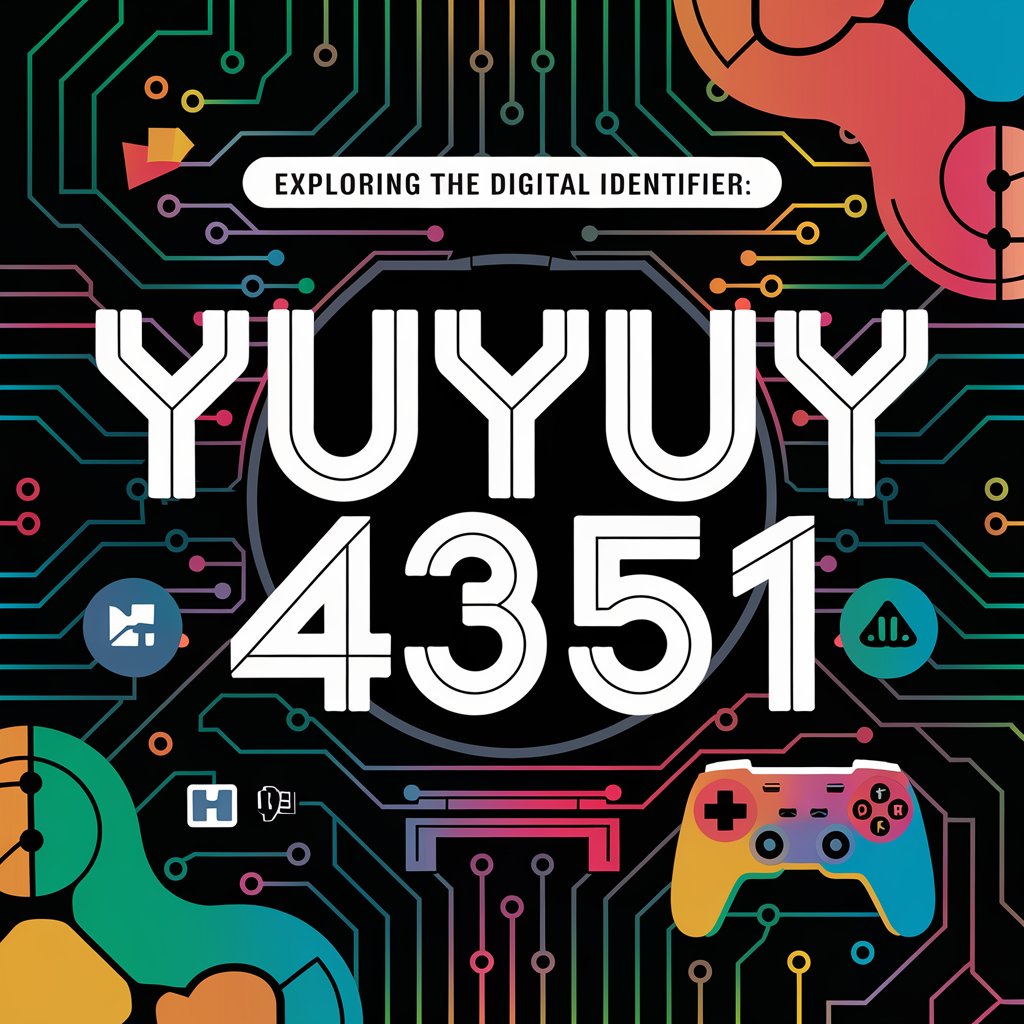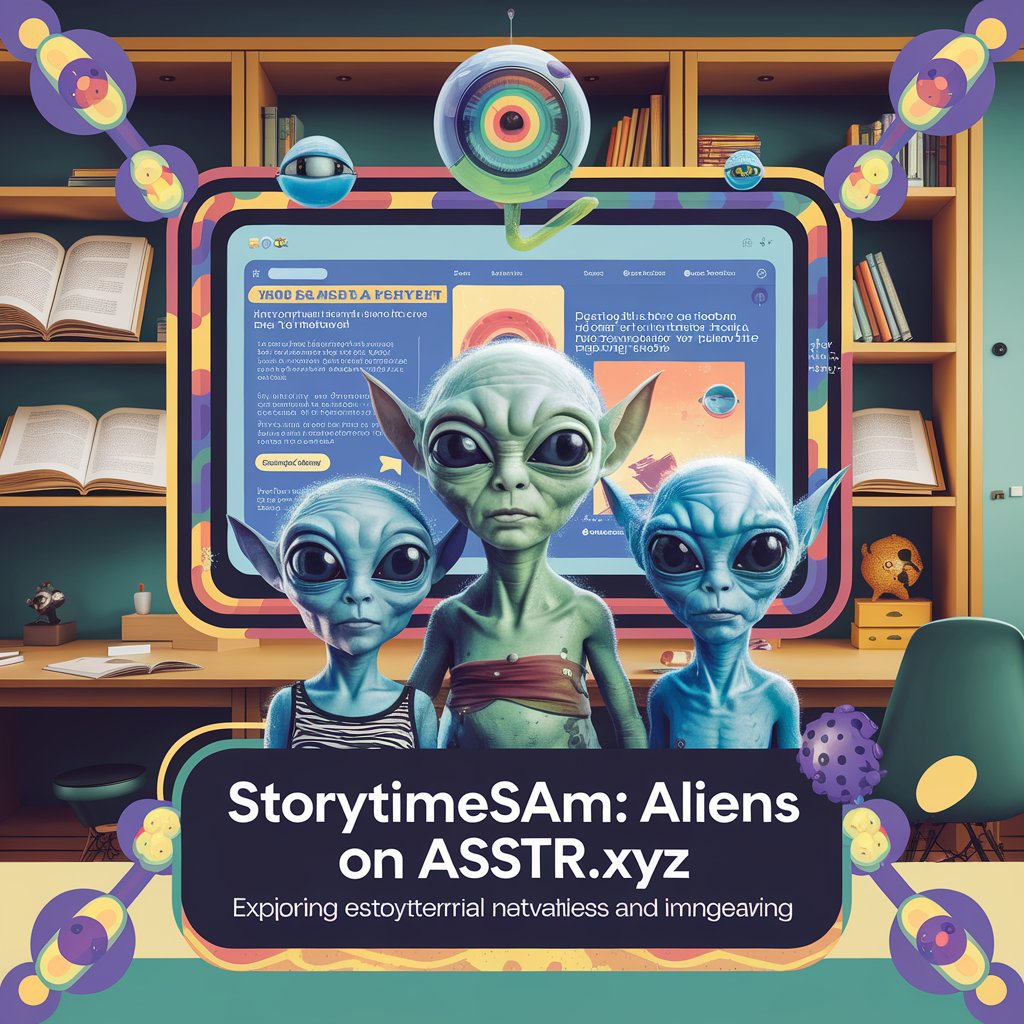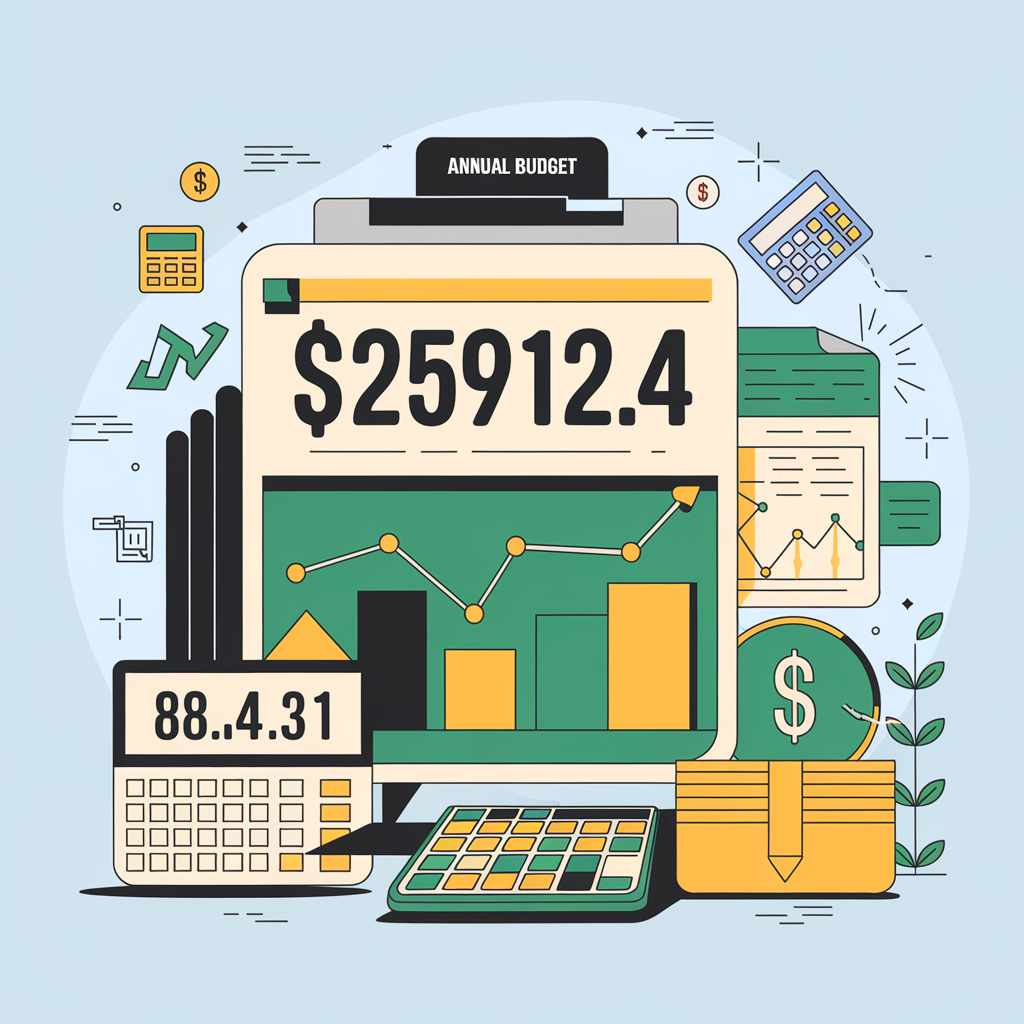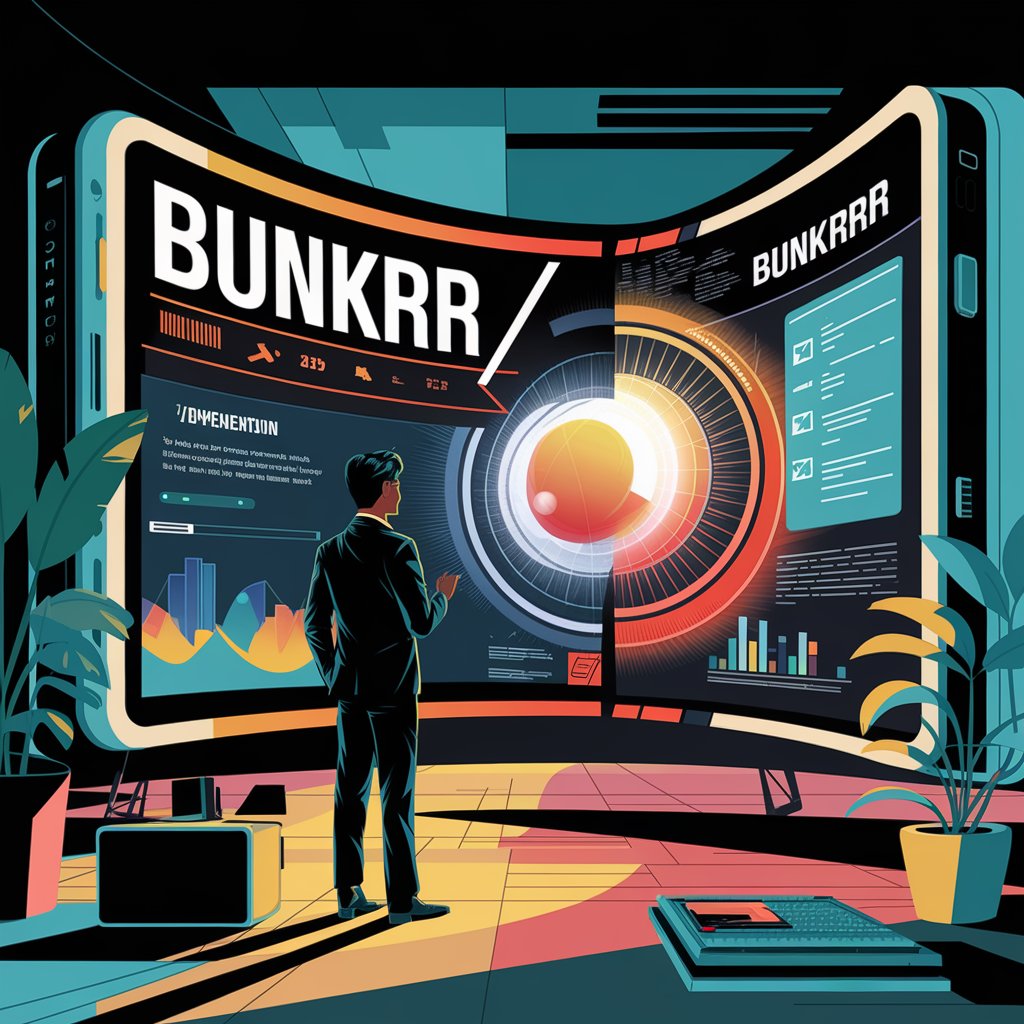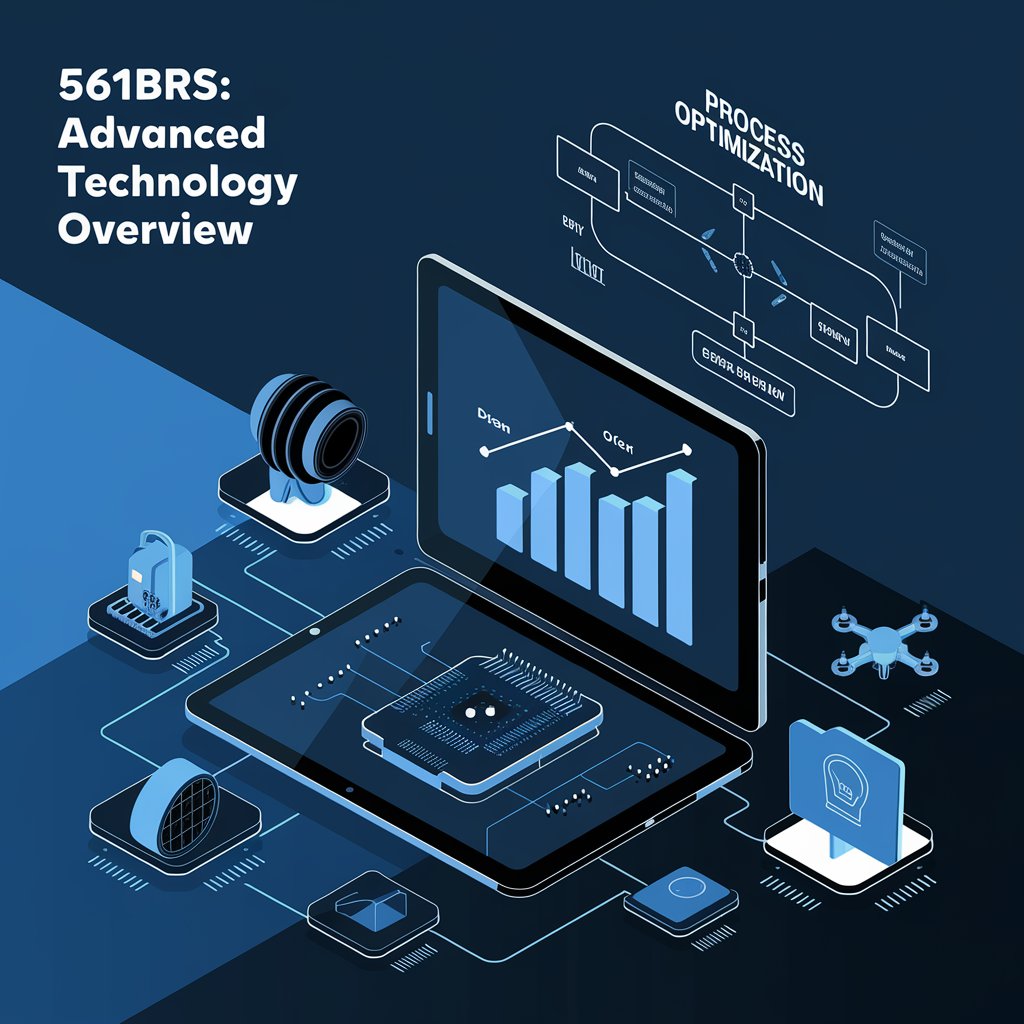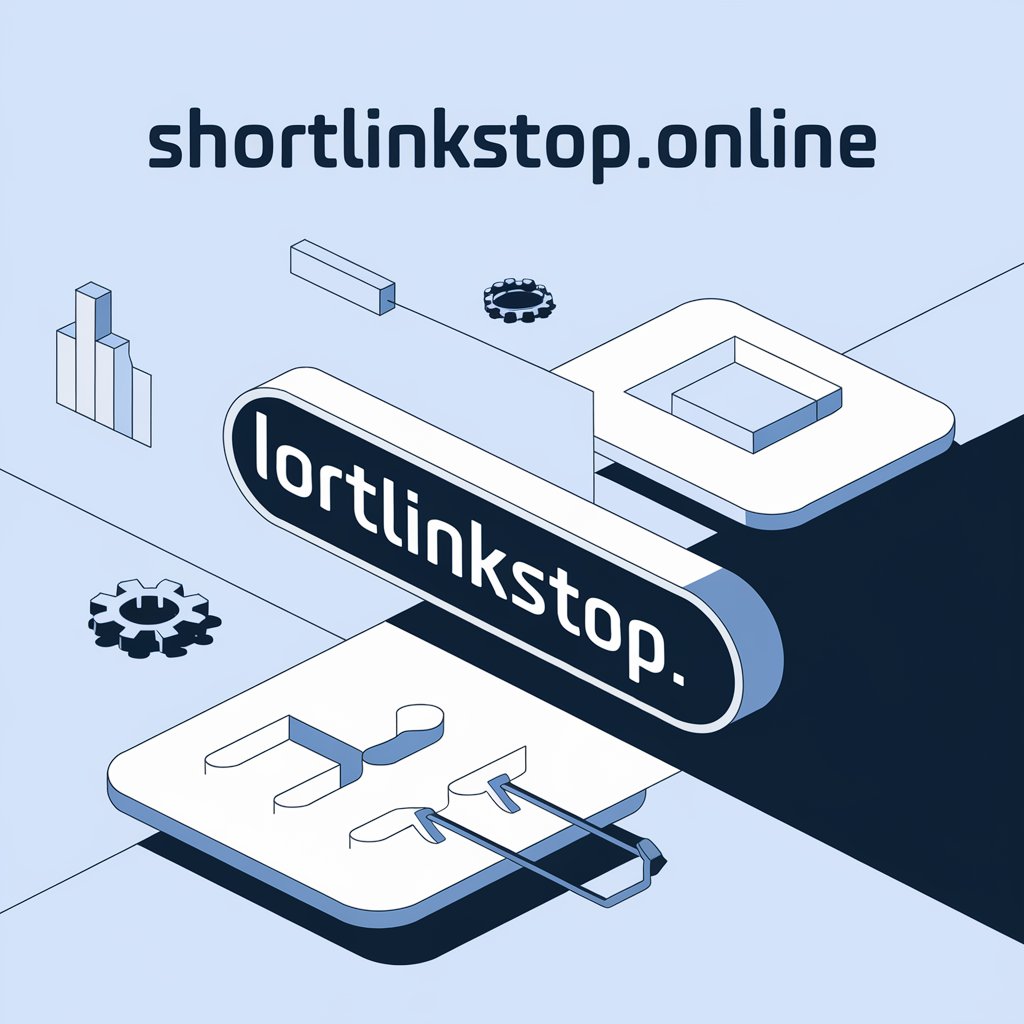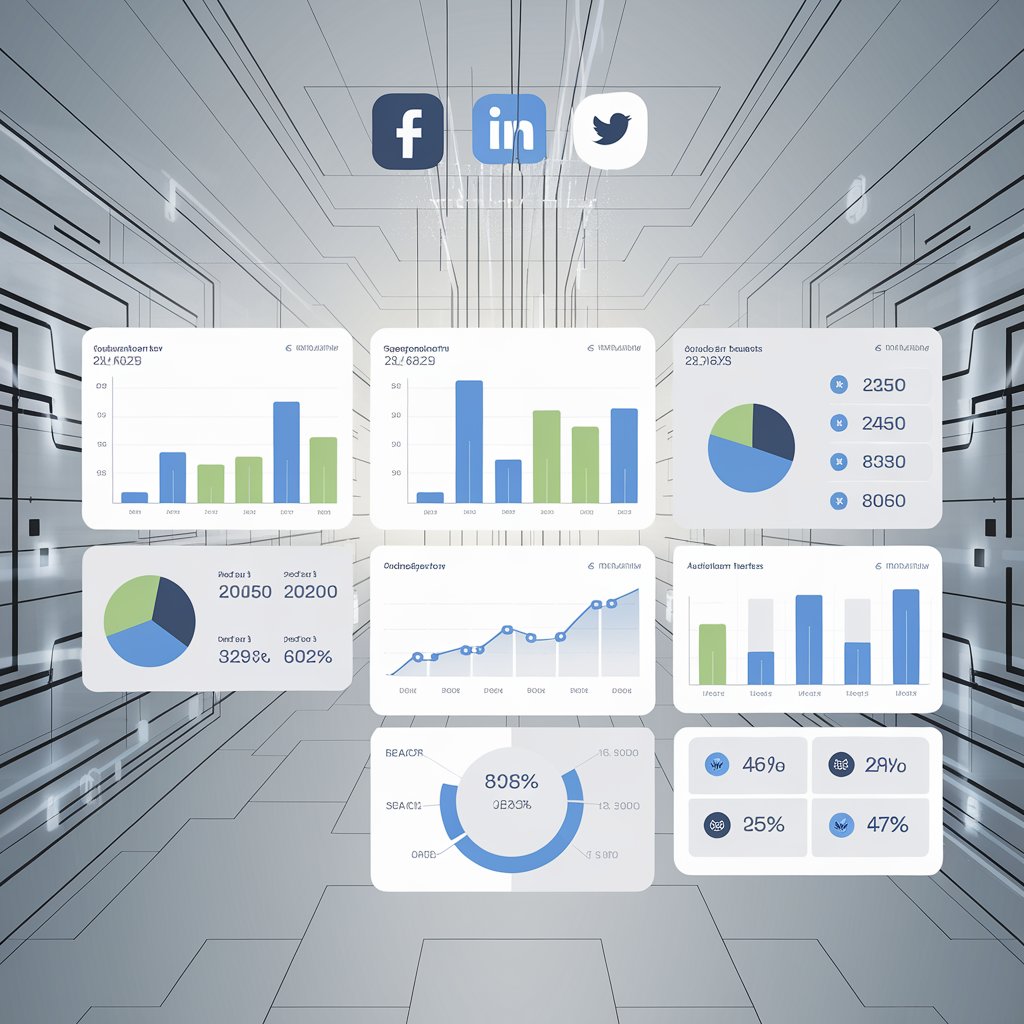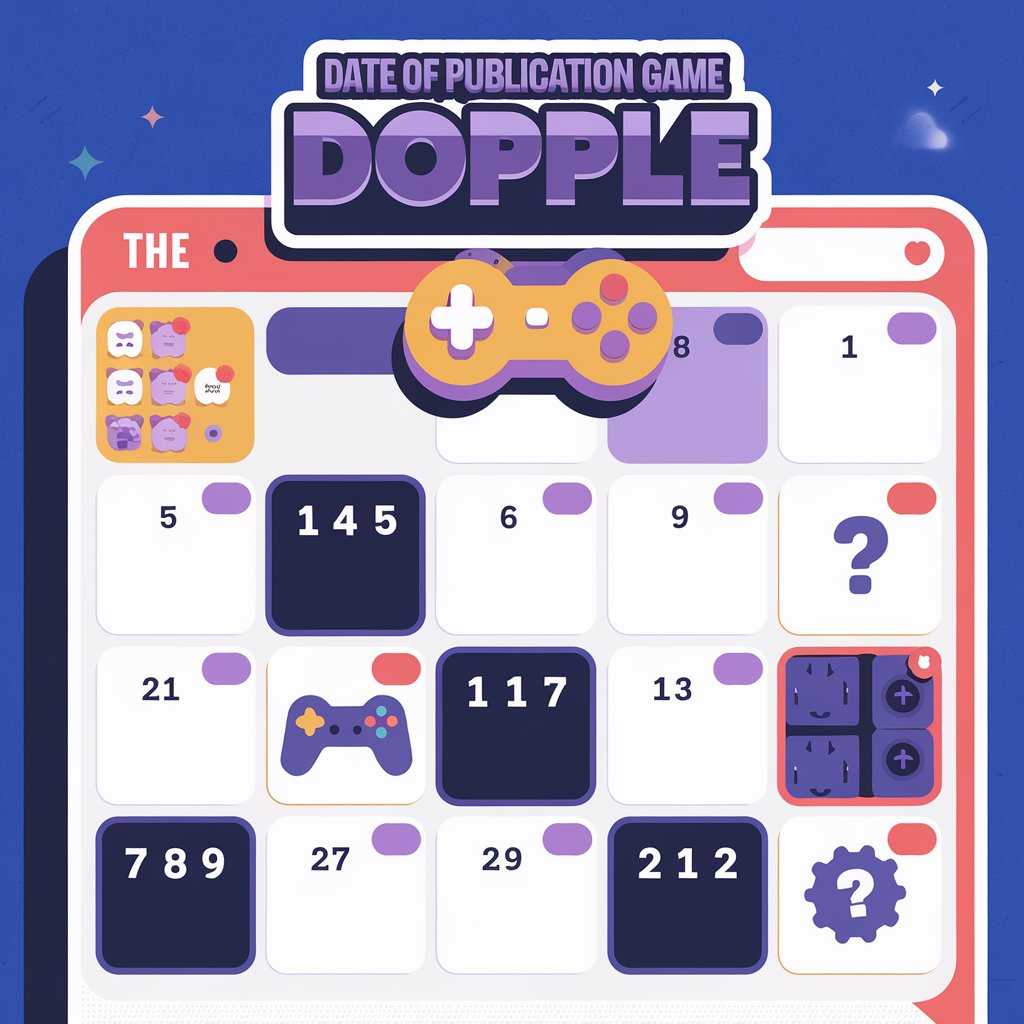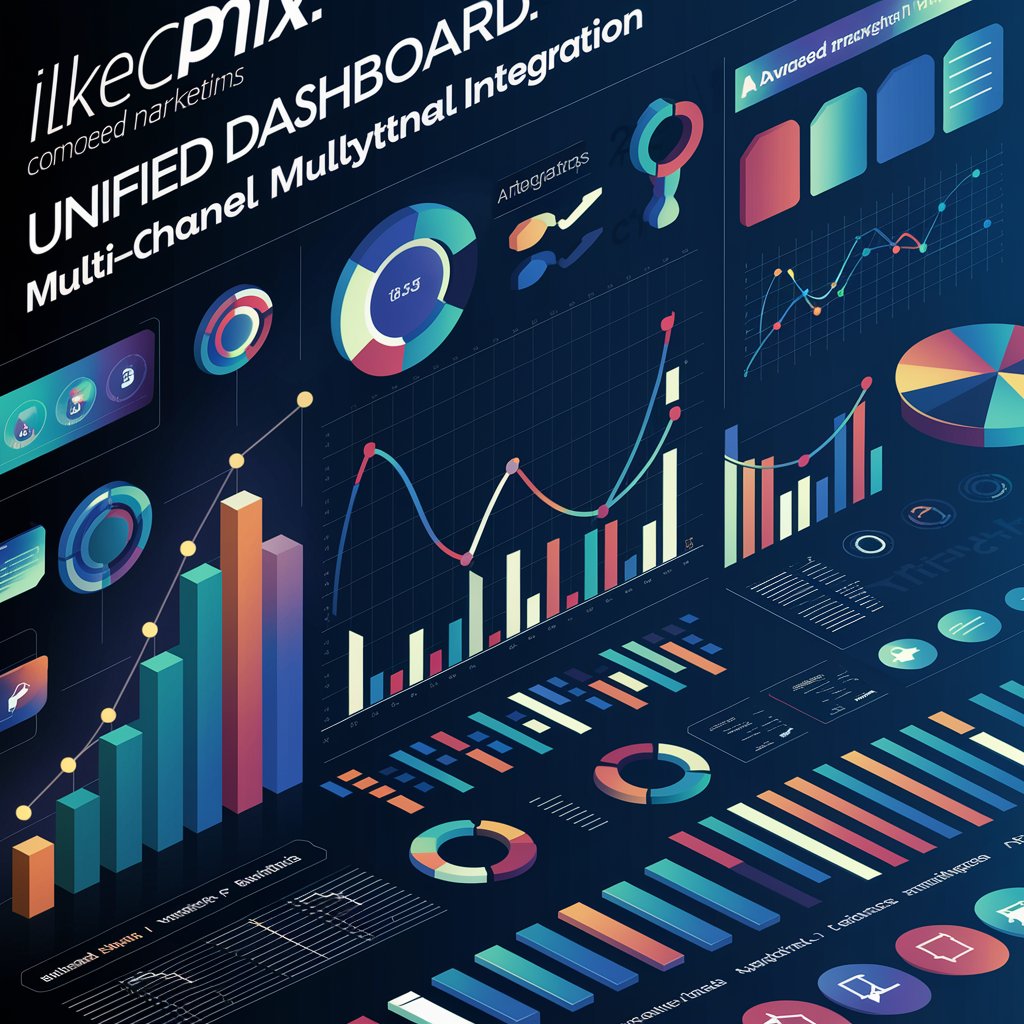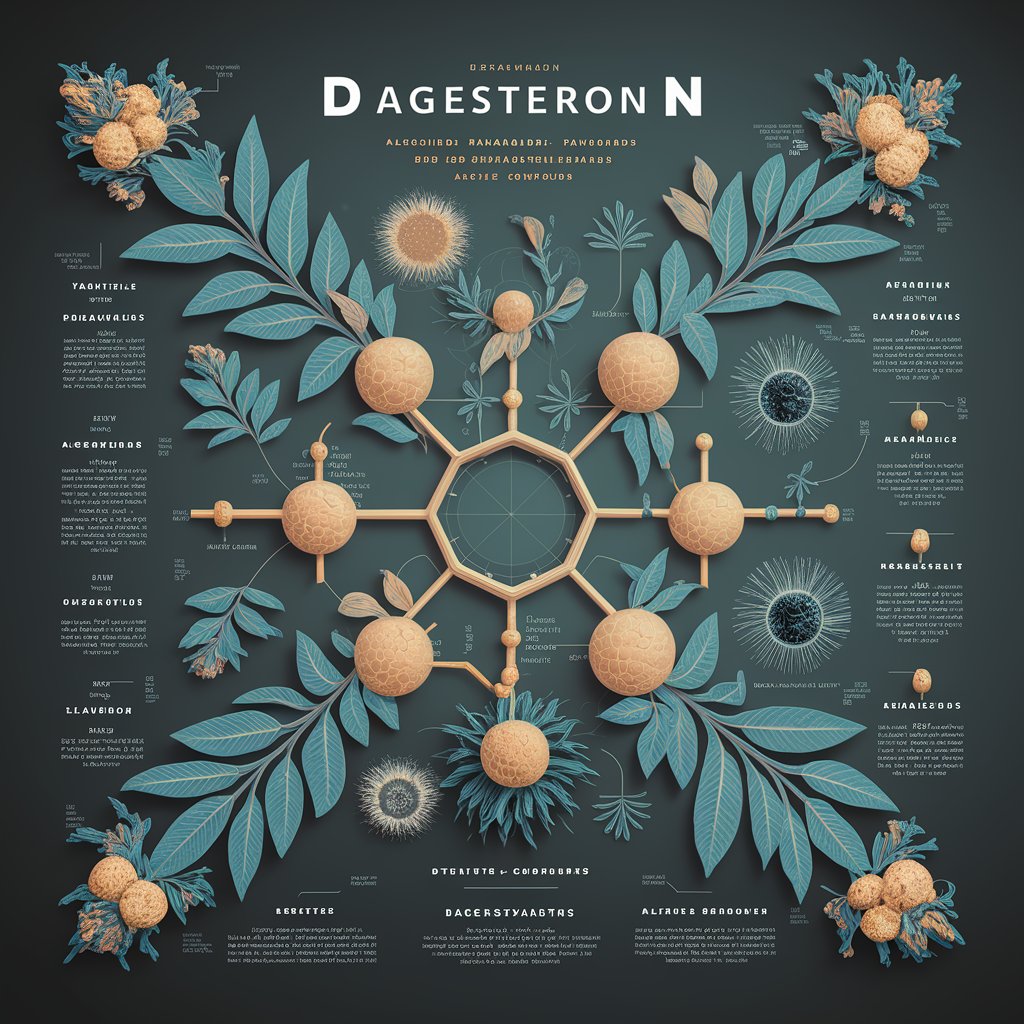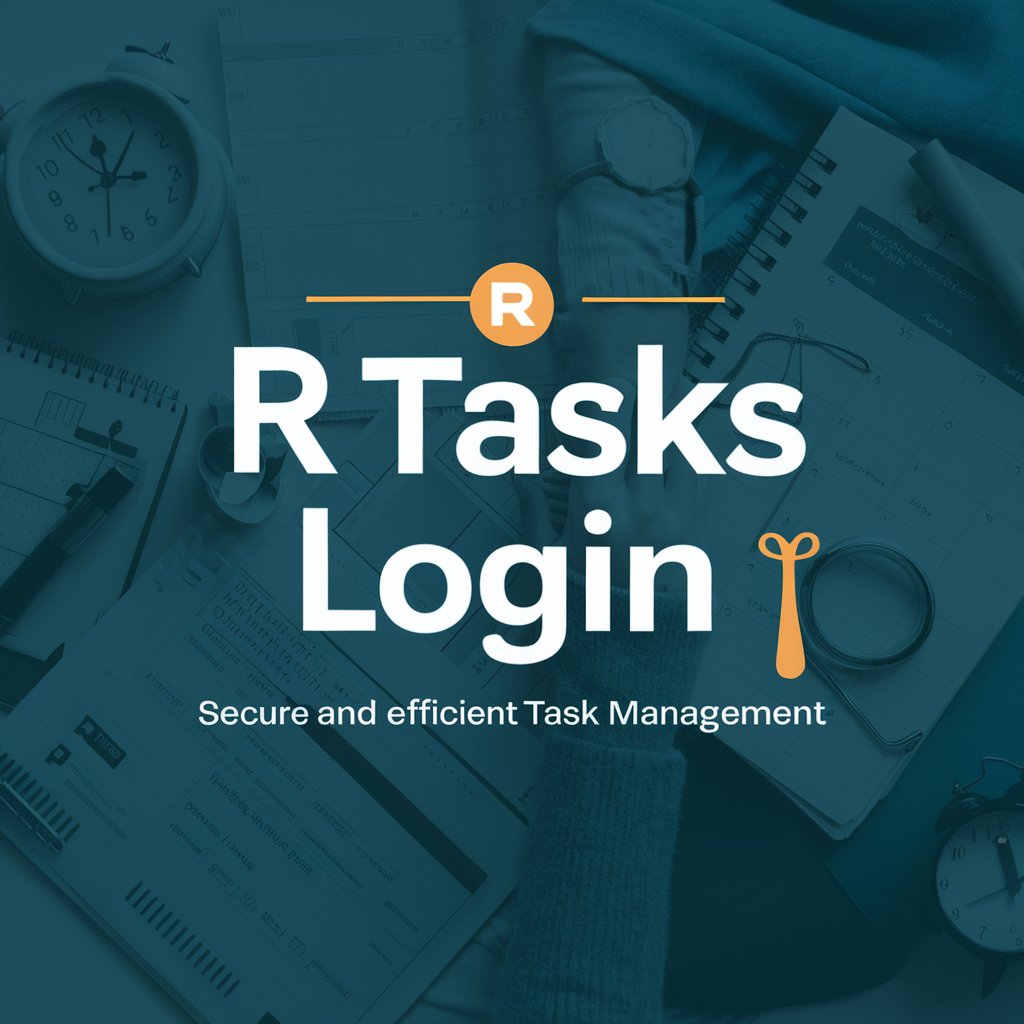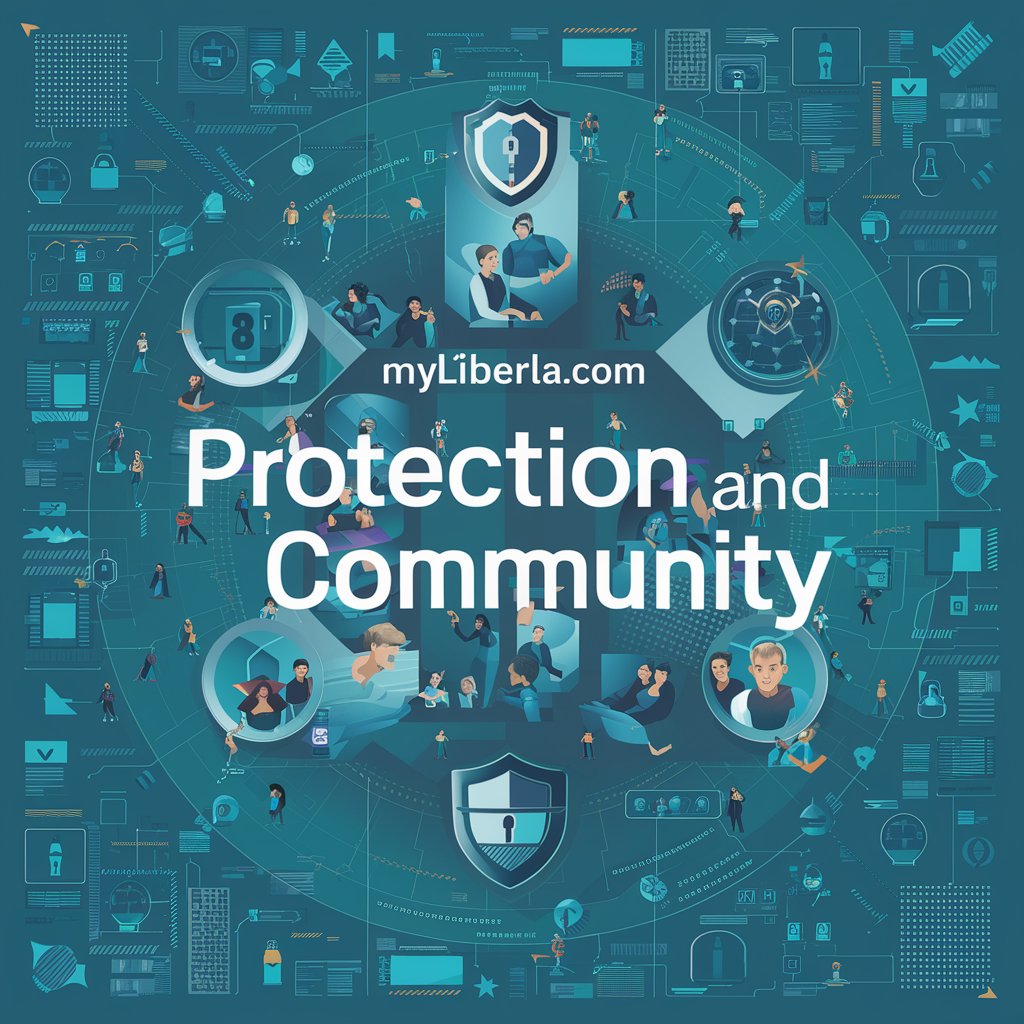The Mysterious Case of docs.google.com/document/pii_deleted: Understanding Privacy, Protection, and Prevention
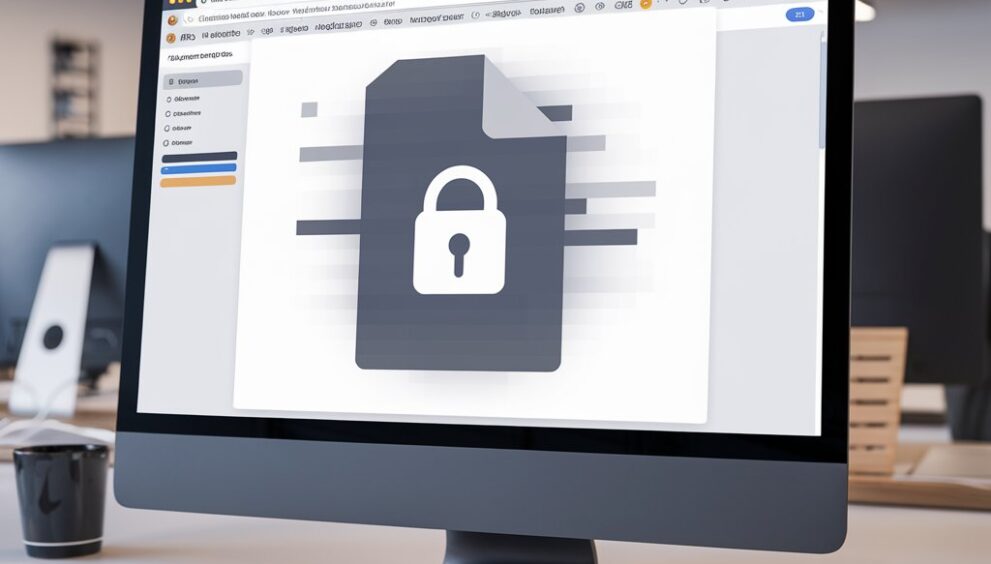
Introduction: What is docs.google.com/document/pii_deleted?
In today’s digital world, Google Docs is a widely used platform for creating, sharing, and storing documents. At times, users might encounter an error or a link that reads something like “docs.google.com/document/pii_deleted.” This cryptic message can be confusing, especially for those who are unfamiliar with data privacy policies and the technical implications of sharing sensitive information online.
This article aims to shed light on what “docs.google.com/document/pii_deleted” means, the reasons behind such occurrences, and the steps you can take to prevent data loss or exposure. We’ll also cover privacy best practices when using cloud-based platforms like Google Docs.
Key Points:
- The meaning of “docs.google.com/document/pii_deleted“
- Understanding Personally Identifiable Information (PII) in the digital age
- Why documents or links with PII are deleted
- How to safeguard your documents and personal information
- Frequently asked questions (FAQs) about PII, Google Docs, and data privacy
What Does “docs.google.com/document/pii_deleted” Mean?
The term “docs.google.com/document/pii_deleted” is a placeholder link indicating that a Google Docs file has either been removed or had specific personal information (PII) deleted from it. This deletion is usually carried out for privacy and security reasons.
The link “docs.google.com/document/pii_deleted” refers to a Google Docs document where Personally Identifiable Information (PII) has been removed or the document has been deleted for privacy and security reasons. This occurs when sensitive data, like names or financial details, is detected and removed to protect user privacy.
When users attempt to open a document and see this link, it may indicate that the original content of the file has been modified, erased, or blocked by Google due to privacy violations. It is part of Google’s system to protect users from accidentally sharing or exposing sensitive information like names, addresses, credit card details, or any other data classified as PII.
ALso Read: Early Spring Bloomers NYT: A Guide to Solving Crossword Clues
Understanding Personally Identifiable Information (PII)
2.1 What is PII?
PII stands for Personally Identifiable Information, which refers to any data that can uniquely identify an individual. In the context of online documents, PII can include:
- Full names
- Social Security numbers
- Driver’s license numbers
- Phone numbers
- Email addresses
- Physical addresses
- Financial information
If a document contains any of this information and is shared publicly or with unauthorized individuals, it can pose a security risk.
2.2 Why is PII Important?
PII is considered highly sensitive because, in the wrong hands, it can lead to identity theft, fraud, and other malicious activities. Companies and online platforms, including Google, follow stringent privacy regulations to protect users’ data. Laws like the General Data Protection Regulation (GDPR) and the California Consumer Privacy Act (CCPA) emphasize the need for companies to handle personal data with care.
Why Are Documents Deleted or Altered?
3.1 Reasons for PII Deletion
When Google detects PII in a document that is publicly shared or when someone flags a document for privacy concerns, Google may automatically remove or block access to that content. The deletion of PII ensures that sensitive information is not misused. Additionally, Google’s automated systems might recognize patterns that suggest the presence of PII, triggering preventive actions.
Also Read: AOPG Trello: Your Comprehensive Guide to A One Piece Game
3.2 Document Sharing Risks
Sharing Google Docs without proper privacy settings can lead to accidental exposure of PII. For example, if you share a document containing sensitive information using a public link, anyone with access to the link could misuse that data. Once a document is flagged for privacy issues, the link “docs.google.com/document/pii_deleted” may appear, signifying that Google has intervened.
How to Protect Your Documents from PII Exposure
4.1 Best Practices for Document Privacy
To prevent your Google Docs from being flagged for PII violations, follow these best practices:
- Limit Access: Ensure that documents containing sensitive information are only shared with trusted individuals. Use the “Share” function in Google Docs to control access (e.g., “View only” or “Edit” permissions).
- Avoid Public Sharing: Avoid sharing links to documents publicly if they contain personal information.
- Use Encryption: For highly sensitive documents, consider encrypting the files or using password-protection mechanisms.
- Review Content: Before sharing any document, double-check that it doesn’t contain sensitive personal information that could be misused.
4.2 Google’s Built-in Privacy Tools
Google provides several tools and settings that help protect your data. For instance:
- Document Access Control: You can control who can view, edit, or comment on a document.
- Google Drive Security Settings: These include options to make files private, restrict sharing, or require sign-in to view the document.
- Google’s AI Tools: Google uses AI to detect PII in documents and can notify users if it suspects a privacy breach.
Recovering or Restoring Deleted Documents
If you come across a “docs.google.com/document/pii_deleted” message, it usually means that PII has been removed from the document. In some cases, the document itself might have been deleted. Here’s what you can do:
5.1 Steps to Recover a Deleted Document
- Check Google Drive Trash: Google Docs files that are deleted may still be in your Google Drive Trash for up to 30 days.
- Version History: Google Docs keeps a version history of documents. You can try restoring an earlier version of the document before the deletion occurred.
- Contact Google Support: If you believe a document was deleted by mistake, contacting Google Support may help in recovering it.
What Can We Learn from “docs.google.com/document/pii_deleted”?
6.1 Importance of Data Privacy Awareness
The frequent occurrence of issues like “docs.google.com/document/pii_deleted” highlights the importance of data privacy awareness. Users must be vigilant when sharing documents that contain sensitive information, ensuring they understand the risks and responsibilities involved.
6.2 The Role of Technology in Protecting PII
Google’s use of AI and automated systems to identify PII showcases how technology is being leveraged to enhance data security. However, users must also play an active role in ensuring their documents are protected.
Frequently Asked Questions (FAQs)
Q1: What does “docs.google.com/document/pii_deleted” mean?
It indicates that a document has been flagged and had Personally Identifiable Information (PII) removed for privacy reasons. The document may also have been deleted entirely.
Q2: How can I prevent PII issues with my Google Docs?
To prevent PII exposure, ensure that you limit sharing access to trusted individuals, avoid public sharing of sensitive documents, and regularly review the content before sharing.
Q3: What should I do if my document is deleted for containing PII?
Check your Google Drive Trash, restore an earlier version of the document through version history, or contact Google Support for assistance.
Q4: What kind of information is considered PII?
PII includes any data that can be used to uniquely identify an individual, such as full names, Social Security numbers, phone numbers, email addresses, or financial information.
Conclusion: Safeguard Your Data and Stay Informed
The mysterious appearance of “docs.google.com/document/pii_deleted” serves as a reminder of the importance of safeguarding personal data in today’s interconnected world. With the growing emphasis on data privacy, it’s crucial to be aware of the risks and best practices associated with sharing digital documents.
By following the recommendations in this article, you can ensure that your documents are secure, your personal information is protected, and you remain compliant with privacy regulations.
 English
English 